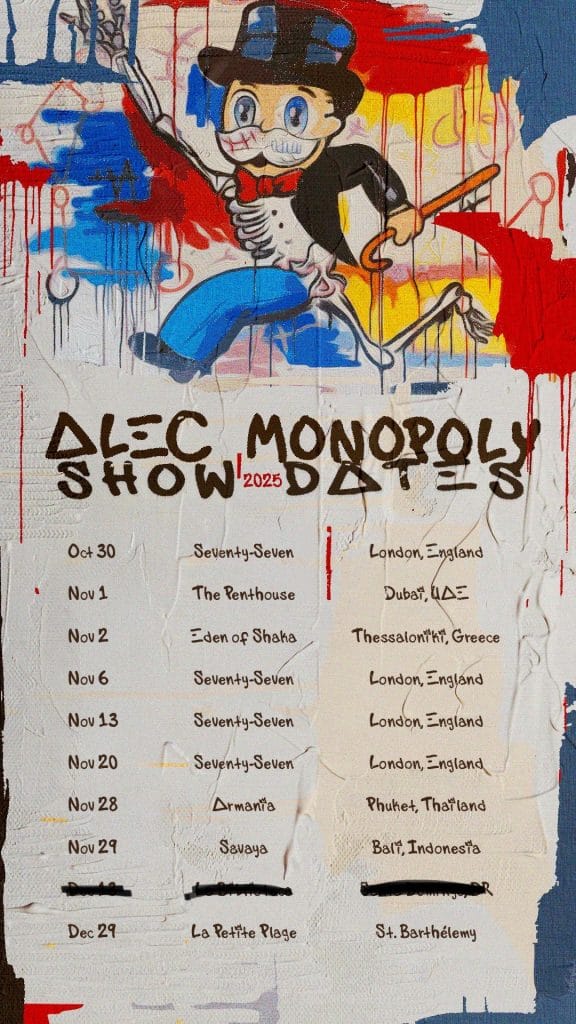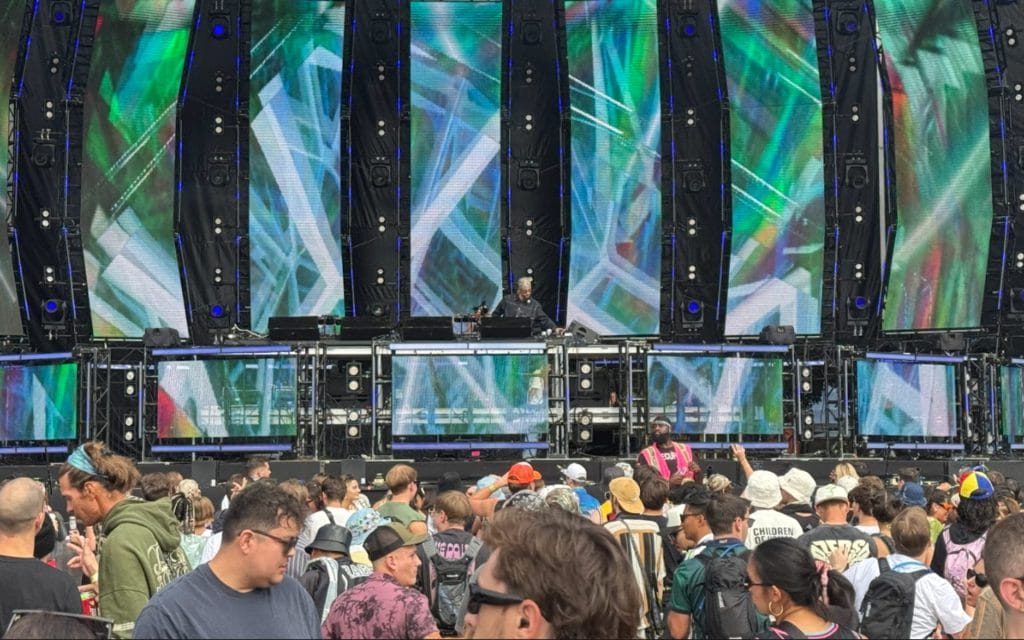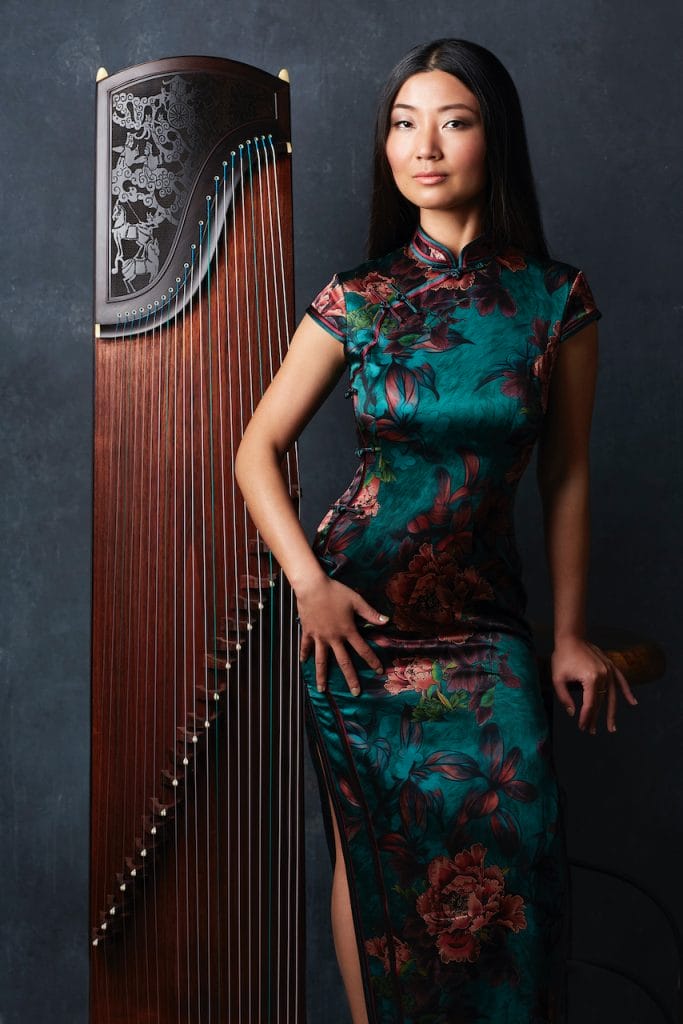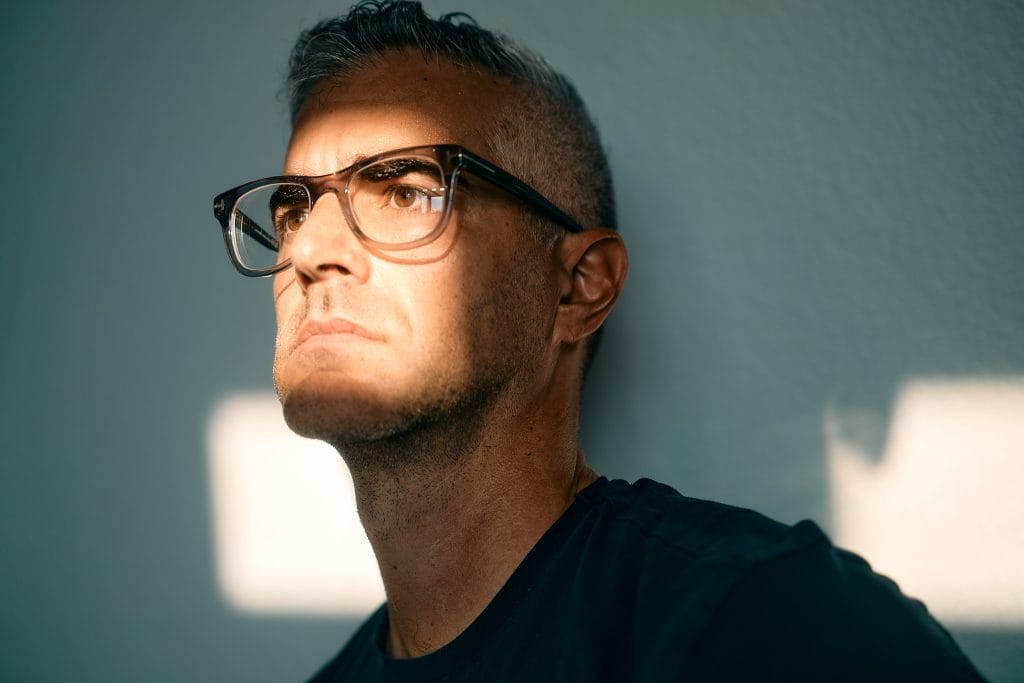Some artists chase bigger stages; Rodrigo Etcheto chases deeper worlds.
The San Antonio-born producer has always been drawn to images in motion (rivers, waves, waterfalls) and you can feel that gravitational pull in “Everything Flows”, his new project where music and visuals coalesce into one. What began years ago as a curiosity about fluid simulations has evolved into something far more personal: a way to continue exploring the kinetic beauty he used to capture on long outdoor photography trips, now rebuilt through real-time algorithms inside Unreal Engine.
Etcheto talks about visuals the same way some producers talk about synths: color palettes as emotional keys, movement as rhythm, “happy accidents” as creative breakthroughs. And while the videos aren’t required to experience the music, they complete a kind of alternate ecosystem: mellow but energized, hypnotic but never inert, built for living rooms rather than dance floors. He’s crafting an audiovisual pulse for the quiet hours – music you absorb in a mediative state, visuals that drift between art piece and meditative companion, and all inspired by his curiosity of motion.
We sat down with Rodrigo to learn more about how he creates these experiences. Take a listen to “Everything Flows”, and read on to learn more about how he’s able to combine music and visuals to create something far more than the sum of its parts.
When did you realize that you wanted to build immersive audiovisual worlds, rather than just standalone music?
I’ve always been very interested in visual arts. I used to spend a lot of time outdoors doing landscape photography for example, but life changed and I don’t have the time for that anymore. I’m always looking for something interesting to do with visuals, I still photograph a lot but I focus more on other things now. Years ago I discovered the possibility of using fluid simulations to make weird flowing canvases and I was instantly hooked. When I used to go out into the forests to take pictures, I would end up photographing water a lot: flowing rivers, waterfalls, waves, etc. There’s something about the motion of liquids that I really love. In photography you can try to show what that motion is with long exposures for example and it creates an interesting image. But when I realized what’s possible with fluid simulations it opened up a new way of exploring that type of motion.
Each track on Everything Flows has its own trippy visual language. How do you start that visual process, and decide how each track looks?
I generally start with a color scheme and then start exploring how different types of motion and different sets of colors interact with each other. Some tracks feel more understated to me, so I might choose a simple white/gold color scheme for example. With some tracks I like to explore maybe something very bright or a monochrome look. It’s really just all about experimentation and finding combinations of movement and color that catch my attention.
Let’s talk about how you actually made these videos. What software and techniques did you use? Were there any tracks in which the video came before the music?
The videos are all made in Unreal Engine which is a real-time game engine. You can use it for a lot more than that however and I started exploring the possibilities of real-time graphics for visualizations a long time ago. What I like is that when you’re working with real-time algorithms, there are a lot of ‘happy accidents’ or unexpected behaviors that end up looking really cool. It’s similar to what happens when you’re producing music, you need to spend a lot of time experimenting and cool melodies or phrases pop up accidentally. I find this type of experimentation really fun and you end up with imagery that would be really hard to script because you don’t necessarily know what might be possible to create. These simulations are non-linear so there is lots of parameters in the simulations to explore which result in really interesting but unpredictable behavior.
In your eyes, how crucial are the music videos to the entire experience of Everything Flows? Would this project be able to exist without them?
For me they are quite separate, but I like to listen to music on a TV myself for example and have some visuals and videos playing. Or sometimes I listen to music on a sound system but maybe put something interesting on mute on a TV. I like to have visuals and music combined, so my intent was to have that option for people like me that also like to have visuals in the background while they listen to something.
How do you want listeners to feel when they experience your music and visuals together?
I’m trying to create something that’s upbeat and has rhythm, but it’s not pure dance music. It’s not meant for a club, it’s for the way I listen to music which is on a sofa reading a book. So I try to create a mellow but still energetic experience and the visuals are another way of creating something hypnotizing. The visuals are hopefully something you can just watch and get into the groove, or have on in the background as art while you enjoy the tracks.
Lastly, what’s next for you? Are you exploring new mediums, collaborations, or technologies for your next project?
I’m working on another EP and I have more ideas for different types of visualizations, but always with the theme of fluid motion. I’m trying to create a unique style that will be recognizable. There are lots of incredible tools out there and lots of artists trying interesting things, but for me this is uncharted territory and I think there’s a lot more that I can do with realtime algorithms that sync to nice tracks. I often have a strong visual response to music and I like to imagine what an instrument or beat could look like. I’m having a lot of fun creating these flowing landscapes and there’s a lot more to explore.
Stream “Everything Flows” here.
The post Rodrigo Etcheto Speaks on Exploring Motion Through Audiovisual Experiences appeared first on Magnetic Magazine.






